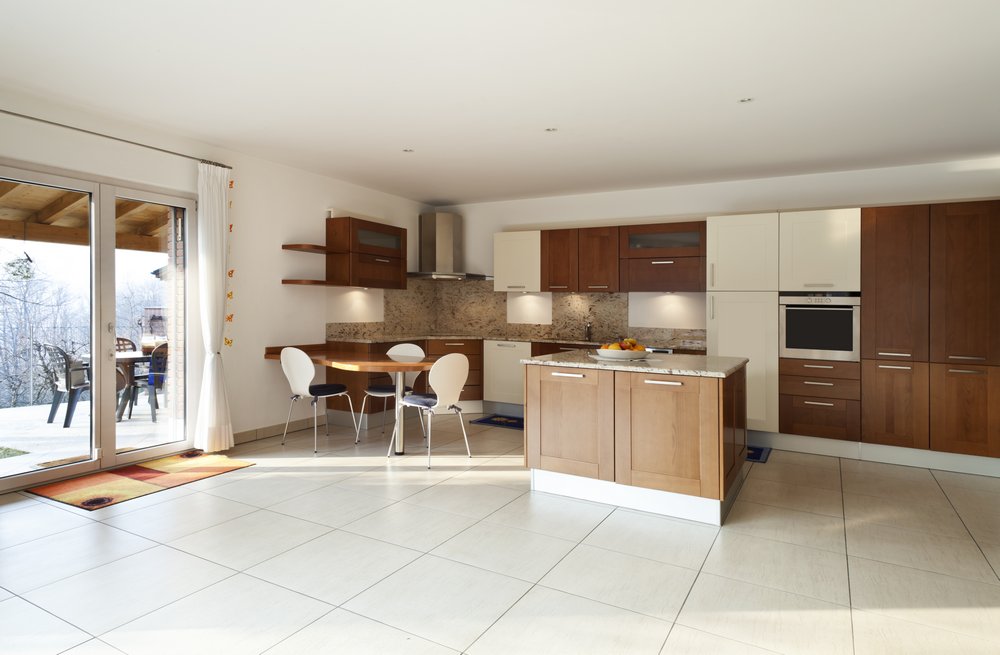Floor installation can be a significant investment when renovating or building a home. While quality flooring is essential for aesthetics and functionality, it doesn’t have to break the bank. In this guide, we’ll explore various strategies and insights on how you can save money without compromising on the quality of your flooring. From materials to installation, we’ve got you covered with practical tips that can help you achieve a beautiful and cost-effective floor installation solution.
How Can I Save Money to Install Flooring?
Investing in new floor installation doesn’t mean emptying your wallet. By following these tried-and-true methods, you can enjoy the beauty and comfort of quality flooring while saving money along the way.
- DIY vs. Professional Installation
Deciding between DIY installation and hiring professionals can significantly impact your budget. While DIY might seem cost-effective, it requires expertise, tools, and time. On the other hand, professionals ensure proper installation, potentially saving you money on future repairs.
- Compare Flooring Materials
Explore different floor installation materials and their costs. Hardwood, laminate, vinyl, and tile each have varying price ranges. Research the pros and cons of each to make an informed decision.
- Consider Refurbished or Secondhand Flooring
Sometimes, used doesn’t mean worn out. Reclaimed wood or gently used tiles can offer a unique and budget-friendly flooring solution.
- Buy During Sales or Discounts
Flooring retailers often offer sales, especially during certain times of the year. Keep an eye out for these opportunities to score high-quality flooring at lower prices.
- Opt for Cost-Effective Designs
Intricate floor installation designs can drive up costs. Opt for simpler designs that still add elegance without the hefty price tag.
- Negotiate with Contractors
If you decide to hire professionals, don’t hesitate to negotiate the installation cost. Many contractors are open to discussions, especially if you’re upfront about your budget constraints.
- Choose Off-Peak Installation Times
Scheduling your installation during off-peak seasons might lead to reduced labor costs. Contractors are more likely to offer discounts when they have fewer projects lined up.
- Maximize Existing Subfloor
Ensure your subfloor is in good condition before installation. Repairing or reinforcing the subfloor can prevent future issues and expenses.
- DIY Prep Work
If you opt for professional Floor installation, you can still save by handling some prep work yourself. Removing furniture, old flooring, and baseboards can reduce labor costs.
- Explore Eco-Friendly Options
Some eco-friendly flooring materials are not only sustainable but also budget-friendly. Bamboo and cork, for instance, offer durability and a unique aesthetic.
- Buy in Bulk
If your flooring project is substantial, inquire about bulk discounts on materials. Buying in bulk can lead to significant savings.
- Consider Long-Term Maintenance
While the initial cost matters, also consider long-term maintenance expenses. A flooring material that requires less maintenance can save you money over its lifespan.
- Avoid Unnecessary Add-Ons
During the installation process, contractors might suggest add-ons or upgrades. Evaluate if these additions are genuinely necessary or if they’re just driving up the cost.
- Seek Recommendations
Ask friends, family, or neighbors for recommendations on reputable contractors and affordable flooring materials. Personal experiences can provide valuable insights.
- DIY Finishing Touches
After installation, consider handling finishing touches yourself, such as painting baseboards or installing trim. These small tasks can add up in terms of labor costs.
- Regular Cleaning and Maintenance
Maintain your floor installation properly to prevent damage. Regular cleaning and maintenance can extend its lifespan and save you from premature replacement.
- Use Online Flooring Calculators
Before purchasing materials, use online flooring calculators to estimate the quantity you need accurately. This prevents overbuying and overspending.
- Explore Local Stores and Warehouses
Local flooring stores or warehouses might offer competitive prices compared to larger retailers. Visit these options to explore cost-effective materials.
- DIY Repairs
Learn basic flooring repair skills to address minor issues yourself. Quick fixes can prevent the need for expensive professional repairs.
- Utilize Natural Lighting
Strategically position your flooring to maximize natural lighting. Well-lit spaces can make smaller, budget-friendly materials appear more luxurious.
- Explore Virtual Flooring Visualizers
Virtual visualizers allow you to see how different flooring options look in your space before making a purchase. This prevents costly mistakes.
- Repurpose Existing Materials
If you’re renovating, consider repurposing existing materials from other parts of your home. Wooden pallets, for instance, can be transformed into unique flooring.
- Opt for Matte Finishes
Matte finishes not only look stylish but also tend to be more affordable than glossy options. They can help you achieve an upscale look on a budget.
- Prioritize High-Traffic Areas
Invest in high-quality flooring for areas with heavy foot traffic, like the living room and kitchen. For less frequented spaces, you can opt for more budget-friendly options.
- Check for Local Incentives
Some regions offer incentives for installing energy-efficient or sustainable flooring. Look into local programs that can help offset installation costs.
Final Words
Floor installation doesn’t have to strain your finances. By making informed decisions, exploring various options, and strategically planning your project, you can achieve beautiful flooring without overspending. Remember to balance cost considerations with quality to create a space that’s not only budget-friendly but also visually appealing and durable.
FAQs
Q: Can I really save money by installing flooring myself?
A: Yes, but it requires skills, time, and proper tools. DIY can save you on labor costs, but consider your expertise before attempting it.
Q: Are eco-friendly flooring options more expensive?
A: Not necessarily. Some eco-friendly materials, like bamboo and cork, can be cost-effective and offer unique benefits.
Q: How can I ensure the quality of DIY installation?
A: Research extensively, follow installation guides meticulously, and consider consulting professionals for advice.
Q: What’s the best way to maintain my flooring’s appearance?
A: Regular cleaning, avoiding harsh chemicals, and promptly addressing spills and scratches can preserve your flooring’s appearance.
Q: Can negotiating with remodeling contractors really lead to lower costs?
A: Yes, many contractors are open to negotiations. Be honest about your budget, and they might offer a more affordable deal.
Q: Are online floor installation calculators accurate?
A: Online calculators can prov ide a rough estimate, but it’s best to consult professionals for precise measurements.



